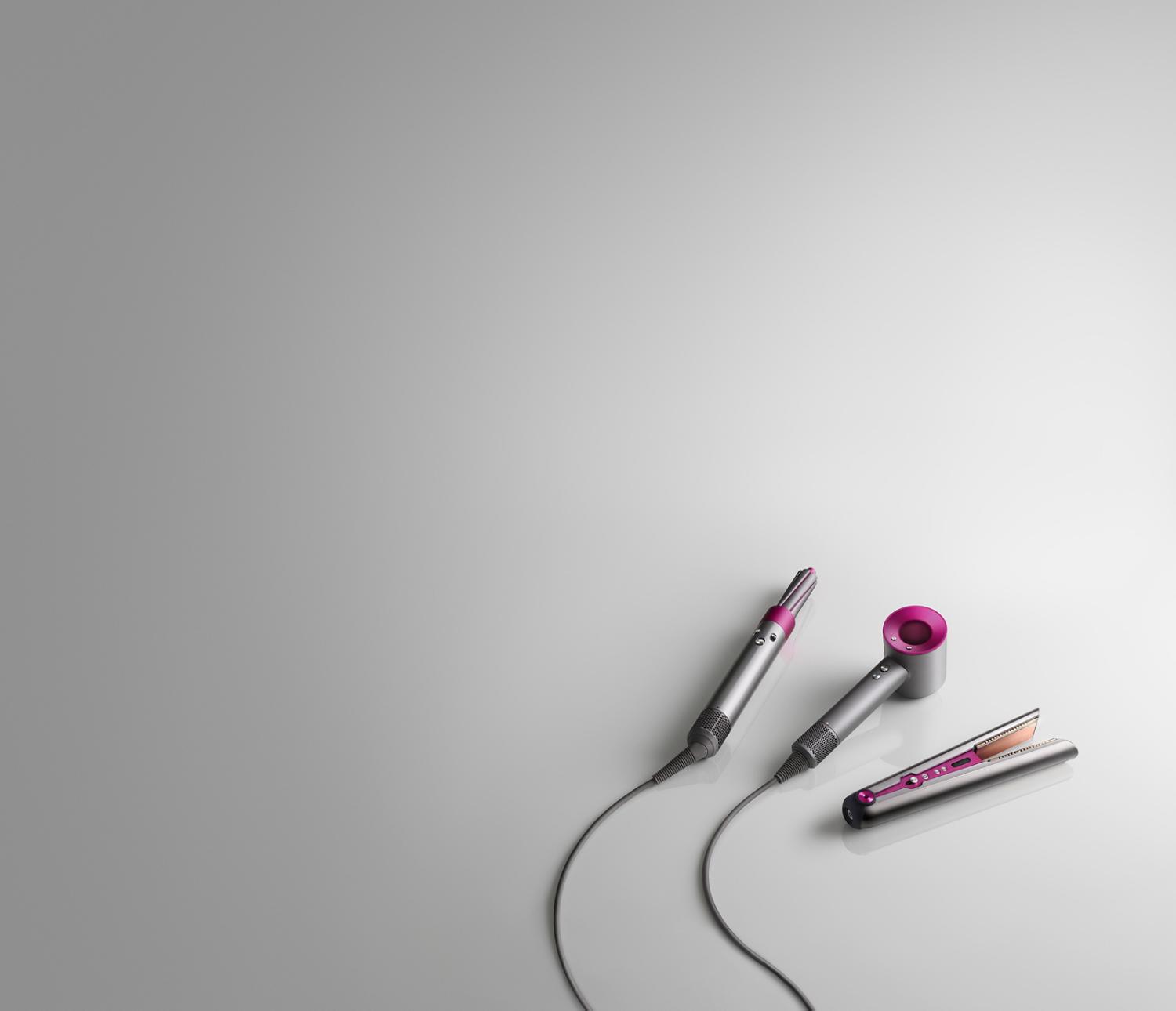Jon Reyman reveals how to diagnose your hair type and treat it right
Dyson Global Styling Ambassador Jon Reyman shares why understanding your hair type is essential towards getting the style you want while keeping your hair healthy.
13 August 2020
-
While we might spend a lot of time searching for that next look to take to the salon, acutely diagnosing your hair type is an essential first step towards getting the style you want and keeping your hair healthy. It will help you determine what hair products, techniques, and what tools to use.
When we talk about hair type, we’re talking about two things: Shape and texture.
-
-
Shape is differentiated by four types: Straight (Type 1), Wavy (Type 2), Curly (Type 3), and Coily (Type 4). These types also include subsections using “A, B, C” to help diagnose your exact hair type, from Type 1A to Type 4C.
On the other axis we have Texture: Fine, Medium, and Coarse. Now, the reality is you can have Type 4C Coily hair, but have fine hair texture. Hair is as unique as we are, so take a moment to try and find where your hair sits on the chart.
Hair products
The hair product world is busy, to say the least. With all of this noise, it can be very overwhelming to pick a hair product that can help you and your hair. Any hair product is going to do one of two things: Either expand your hair or reduce it, which is done through polymers or emollients. A polymer will add volume and set your hair, while emollients will soften and reduce your hair down.
The general rule when it comes to styling is that if the hair is big, we tend to want to make it smaller and vice versa. This isn’t always the case, and trends and styles change all the time, but generally, people want what they don’t tend to have.
For anyone with fine to medium textured hair, any emollients or oils will reduce the volume in your hair, leaving it small and compressed. Any style you try to achieve when using emollients will not hold. So, if you’re trying to make your hair bigger and fuller, oils are your enemy. If your hair is medium to coarse in texture, emollients will allow your hair to become smaller and I’d suggest using a hold product to help set and support the style.
Rule: If your hair is fine to medium, stay away from oils. If your hair is coarse, use a combination of hold to help support and oil to help reduce down and soften.
No matter what hair shape you have, if you want to reduce it down, use creams and oils to make your hair smaller, and then a little hold product to help set the look. If you want to make your hair bigger, no matter what shape your hair is, avoid oils and use holds to help set the style.
In my next post, I’ll share some techniques and hair tools to use for every hair type.
Discover Dyson hair care technology
Less reliance on heat, to help protect against extreme heat damage.
Press contacts
-
Liv Thomas
-
1 Robert, J.W. et al. (2009) Monitoring and reducing exposure of infants to pollutants in house dust, Revue of Environmental Contamination and Toxicology, 201:1-39. Available at: https://www.ncbi.nlm.nih.gov/pubmed/19484587
2 Dunn, R.R. (2013) Home Life: Factors Structuring the Bacterial Diversity Found within and between Homes, PLOS. Available at: https://journals.plos.org/plosone/article?id=10.1371/journal.pone.006413
Barberán, A. et al. (2015) The ecology of microscopic life in household dust, The Royal Society: Biological Sciences. Available at: https://royalsocietypublishing.org/doi/full/10.1098/rspb.2015.1139


.jpg?$responsive$)



